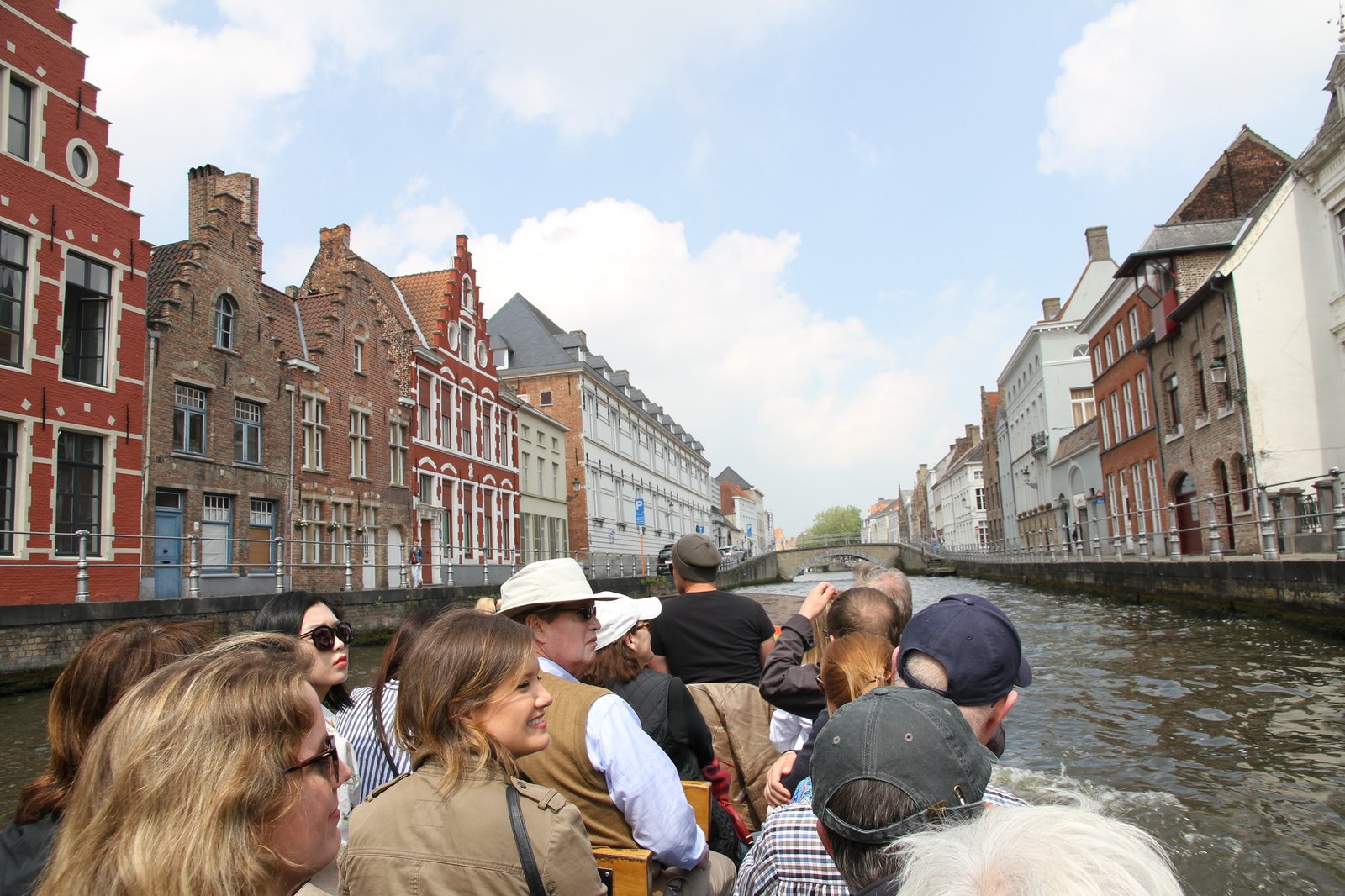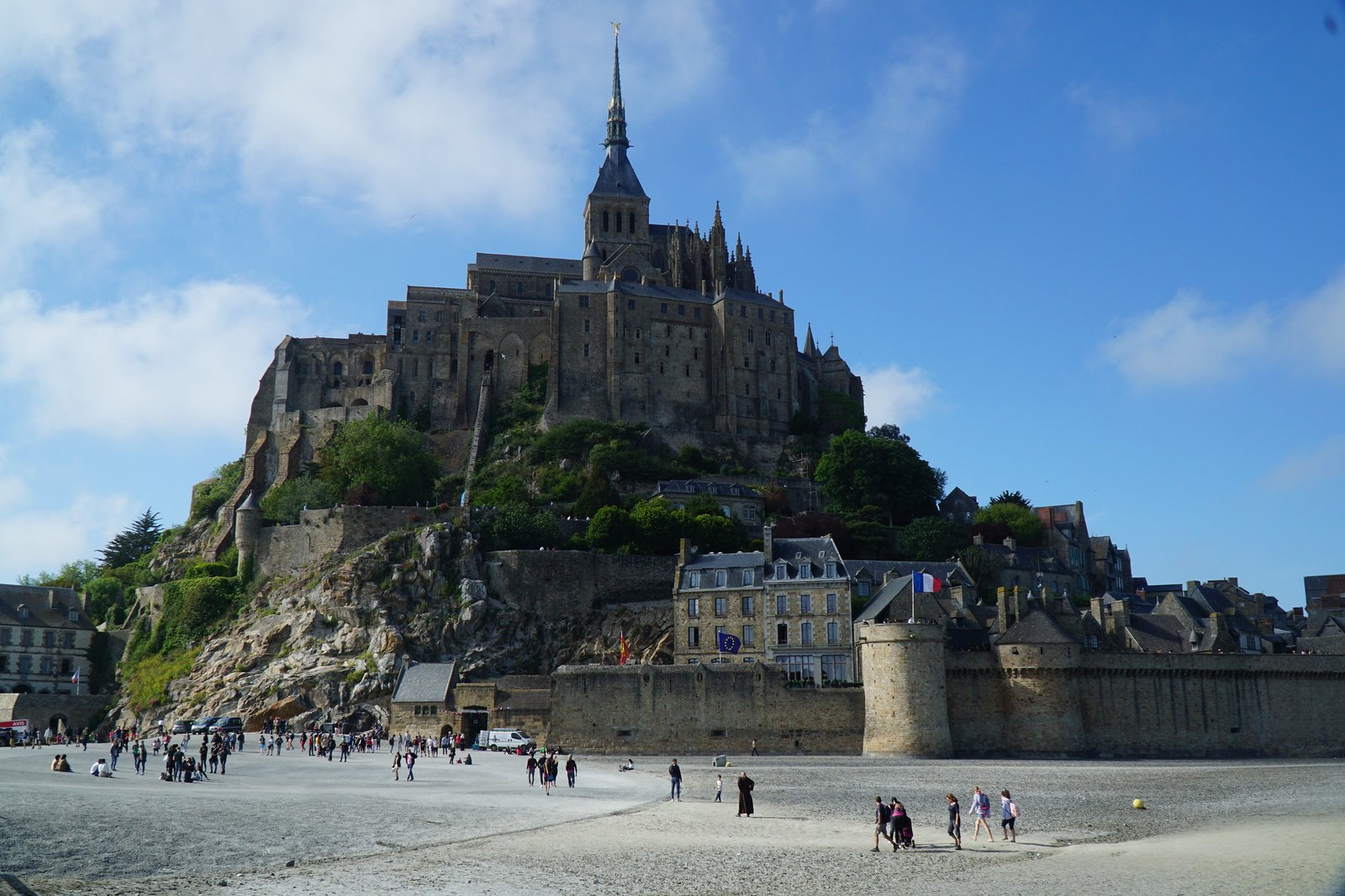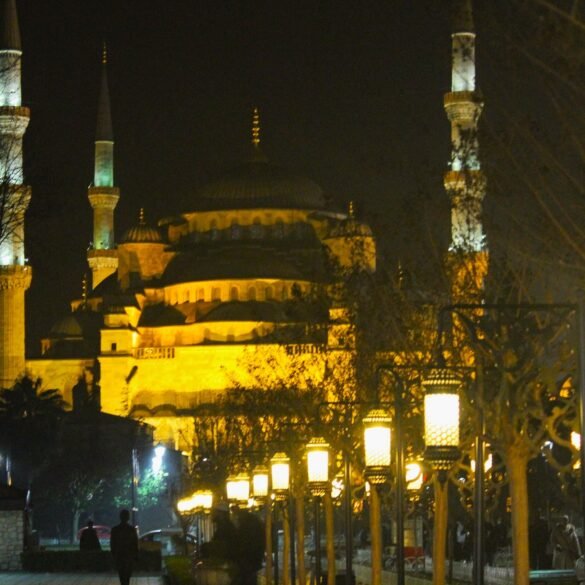Even before the pandemic, Europe had been seriously suffering from over-tourism, with masses of tourists visiting the most popular destinations at rates not seen before. The pandemic didn't ease the situation, and to some extent, even exacerbated the problem, causing people who'd skipped travel in the last 2-3 years to finally visit Europe now. Despite record-breaking temperatures and high airline costs, European cities were suffocated with visitors this summer. Going to Prague, Barcelona, or Budapest is surely not fun when you must fight hordes of tourists. But, at the very least, big cities can swallow a lot of visitors due to their size. It's a different story for small towns, where over-tourism creates a real problem.
We love visiting small European towns because they allow for easy exploration and getting to see and do a lot in one day without moving around too much. But that’s also where the problem lies. Imagine a town with a compact center and a couple of adjacent streets. The place might be idyllic and lovely, but all you need to ruin the atmosphere is just a few tour buses unloading tourist mobs. I jokingly blame Rick Steves for hyping up some quaint European towns to the point they get ruined by mass tourism. Social media also contributes to the problem as Instagram, TikTok, and other platforms make not only people but also locations go viral. A photo of a picturesque canal in Brugge shared by an Instagram influencer may cause people who had no intention of traveling to Brugge to go there and jam the place.
In our travels, we’ve been to a few places suffering from mass tourism. Some had a Disneyland-like atmosphere due to overcrowding to the point that the surrounding beauty and historical significance quickly lost their appeal. In this post, we highlight a few of them and suggest nearby alternatives. To be clear, we do not recommend that you completely skip the towns we list below. There is a reason why they are popular. But if you want to see them, plan wisely (staying overnight instead of visiting on a day trip; not visiting on a weekend; arriving early in the morning or late in the evening, or during the off-season).

1. Brugge, Belgium (and the alternative, Ghent)
As we already wrote, Brugge was a major disappointment for us. Despite its beautiful medieval architecture and dreamy canals, on the day we were there, the town was seriously overcrowded. We had to stand in lines for almost everything, elbow our way through narrow streets, and even tussle with Chinese tourists in chocolate shops. Although ridiculously photogenic and endearing, the town is best explored early in the morning or late in the evening when day-trippers haven't yet arrived or have already left.
We found that nearby Ghent was a better alternative. Ghent was a rival of Brugge in the Middle Ages, and the medieval architecture of Ghent is as impressive as Brugge’s, boasting Gothic churches, exquisite guild houses, an elegant belfry, and an impenetrable castle. Because of its larger size, Ghent is not geared solely to tourists and presents a healthier version of Brugge. Ghent’s canals are as inviting, but you wouldn't need to wait in line for an hour to get on a boat. Also, because it's a university town, Ghent buzzes with youthful energy, while Brugge feels a little bit like a theme park. We had three days to spend between Brugge and Ghent, and after spending a day in each, decided that Ghent “won” our third day.

Brugge, Belgium

Ghent, Belgium
2. Obidos, Portugal (and the alternative, Nazare)
Obidos is postcard-pretty and was once presented as a wedding gift to the Queen of Portugal. The town is stunning and showcases an impressive example of town-fortress architecture. However, for visitors, Obidos’ best feature is also its bug. Because it's a small walled town, there is nowhere for the excess of tourists to spill. People are literally trapped in this little beautiful place. We liked Obidos but had to time our visit perfectly to enjoy it: we arrived late in the evening, strolled the main street, and then walked atop the town wall early in the morning before the arrival of day visitors. Around 11 a.m., Obidos became insufferable. We wouldn't recommend staying during the day as the place turns into a human zoo. We are not sure if there is an off-season for Obidos because we were there at the end of November, and it was packed. In short, Obidos is worth stopping by, but only for a few hours, and if properly timed.
Just a short distance from Obidos is its direct antithesis—Nazare, a place where you can't possibly feel trapped. Known worldwide for its giant Atlantic Ocean waves and as a premier spot for surfing competitions, Nazare provides the space you need after visiting the cramped Obidos. You can discover its charming streets, walk on the sprawling beach, and try delicious seafood. Best of all, you can drive or take a lift to the top of the cliffs for unparalleled and gorgeous views of the town and the ocean.

Obidos, Portugal

Nazare, Portugal
3. Mont St-Michel, France (and the alternative, Bayeux)
In terms of tourist mobs, Mont St-Michel is one of the worst in Europe. While not technically a town, this walled ancient abbey is one of the most visited destinations in France. Considering it is situated on a tiny island, it means one thing: crowds! crowds! crowds! The best way to experience this iconic place is to stay overnight on the island, checking into accommodations after 4 p.m. and leaving the next day before 10 a.m. Like with Brugge and Obidos, exploring it late in the day or early in the morning is the way to go to avoid crowds. The only problem is that staying overnight on the island will cost you a little fortune. And, unfortunately, unlike Brugge and Obidos, there are not a lot of housing options available immediately outside of the walls of the abbey. It's an island in the middle of nowhere after all.
We didn't have a budget to stay on the island, so we decided to visit it late in the day and then drive to our Airbnb in Bayeux. Although not exactly the alternative to Mont St-Michel, Bayeux is a fascinating, small town in Normandy that packs a lot for its size and that never feels cramped. Here, you can roam quaint streets, look at the imposing cathedral, or study the Bayeux Tapestry depicting one of the pivotal battles of early Europe - the Battle of Hastings. Additionally, you can enjoy a delicious breakfast or lunch at a weekly Saturday market or arrange a tour of the nearby D-Day beaches. Also, Bayeux is only a 1.5-hour drive from Mont St-Michel, allowing you to visit the abbey in the afternoon after most of the day trippers have left. That’s what we did, and, for the most part, we avoided the tourist madness.

Mont St-Michel, France

Bayeux, France
4. Delft, the Netherlands (and the alternative, Leiden)
Delft is a cute town that we loved exploring. Sandwiched between two giants, The Hague and Rotterdam, it's quintessentially Dutch with lovely canals and charming architecture. For most visitors to the Netherlands, Delft is not necessarily on a tourist map. Although it's the hometown of one of the most revered Dutch artists of all time, Johannes Vermeer, there are no original paintings left in town. The other town’s claim to fame is Delft porcelain, but it can be found in gift shops throughout the Netherlands, so a visit to Delft is not a prerequisite. We enjoyed our stay in Delft, but at times it felt a bit overrun. Not to the point of spoiling the visit, but there were too many people for our taste. And it doesn't take much to overwhelm Delft as its center is just a couple of narrow cobblestone streets.
And that’s why staying in nearby Leiden presents a better option. Leiden is very much like Delft with its exquisite Dutch architecture and beautiful canals, but because it's slightly larger, it provides a bit more breathing room. Leiden is also home to a major university and, like Ghent, it radiates youthful energy, while Delft is more of a little, sleepy town. Still, we recommend visiting both.

Delft, Netherlands

Leiden, Netherlands
5. Killarney, Ireland (and the alternative, Dingle)
Killarney on this list is a little bit of an anomaly as it's larger than the proposed alternative. There is nothing wrong with Killarney, but compared to other small towns in southwest Ireland we visited (Kinsale, Kenmare, and Dingle), Killarney felt the least Irish. Streets were filled with massive tour buses, and visitors greatly outnumbered locals. We stayed in Killarney because it was a logical stop for our Gap of Dunloe hike; otherwise, we probably would've skipped it.
Dingle, on the other hand, although smaller than Killarney, felt very Irish and didn't feel crowded at all. Due to narrow roads on the Dingle Peninsula, giant tour buses generally opt out in favor of the Ring of Kerry and leave Dingle in peace. We loved Dingle, where beer and Irish traditional music flowed freely from many of its pubs. The atmosphere, although festive, was also somewhat intimate and homey.

Killarney, Ireland


